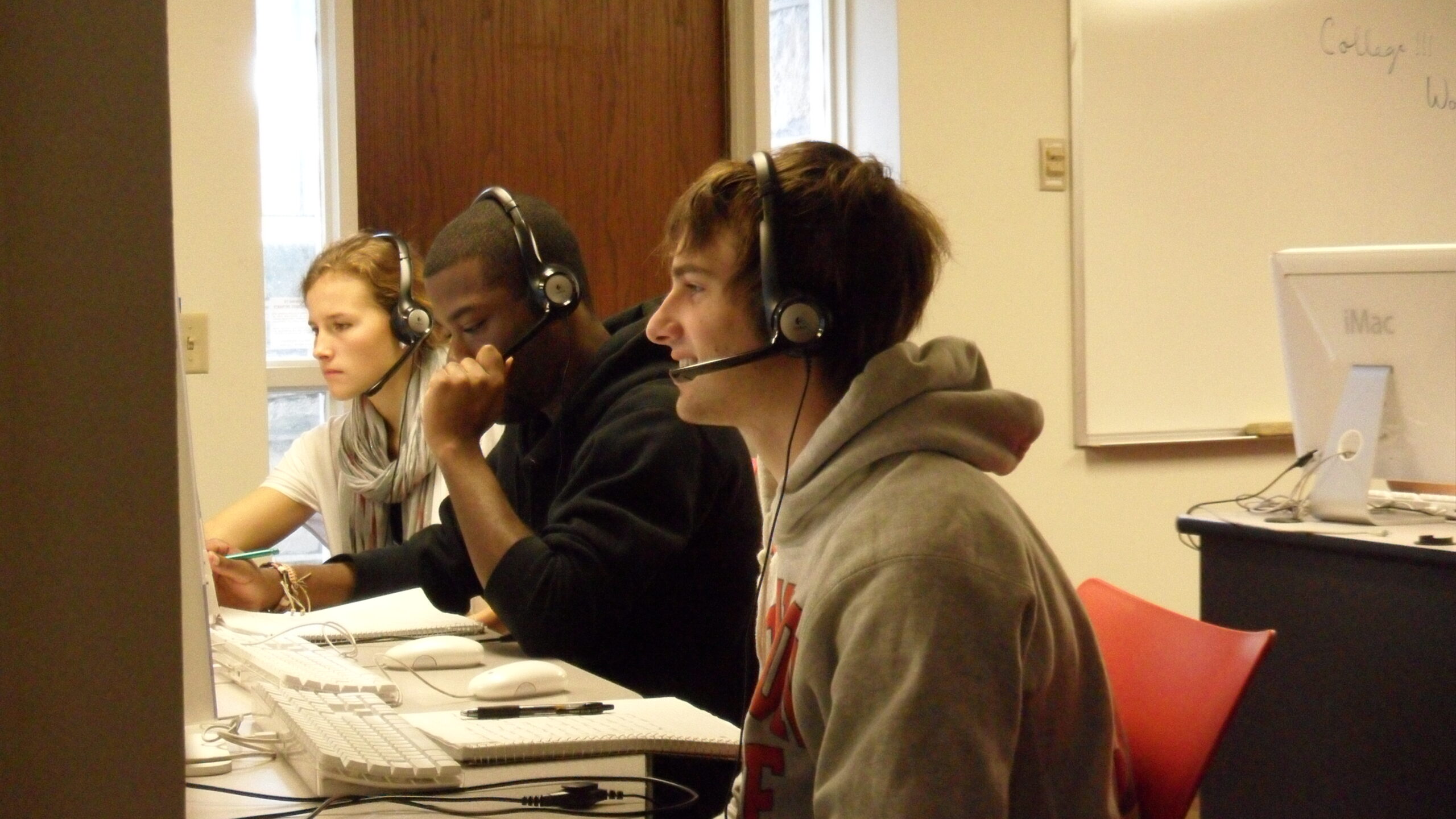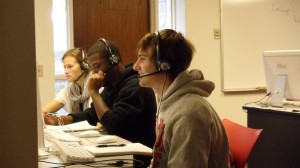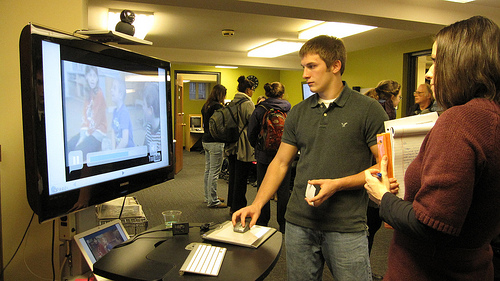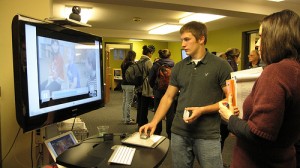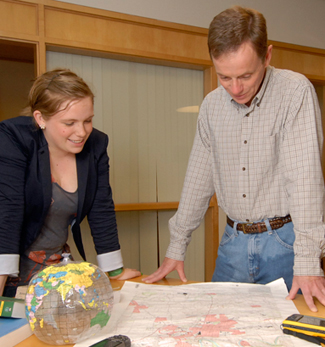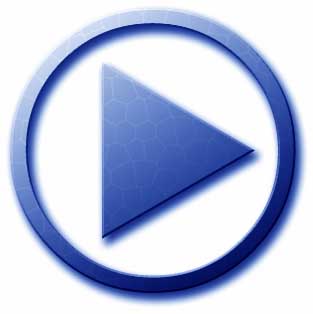Description
We all know that (almost) everyone uses social networking on a daily basis, especially students. It would be great to meet people in these places so our organizations can connect with people on a more meaningful way. This is not an easy task but there are some great resources and best practices that can help promote your organization and connect with the people you are trying to reach.
During this session will go over the heavy hitters of social media (Twitter, Facebook, Youtube….) and try to find which platforms would be best for your organization to try to use. We will also discuss statistically what works well on these platforms and what doesn’t so you will be better informed on things that might engage your audience better than others.
Audience
Faculty, Staff, Students
Type
Instructor Led-Overview-Some hands on
Time
45 Minutes – 1 hour
Outcomes
- Be able to understand the differences between social media platforms
- Learn best practices to use when trying to engage your audience
- Learning ways to dynamically feed content between different social media platforms
Want to know more? Contact mediacenter at dickinson.edu to set up a consultation. You can also get a sneak peek of what we cover in our training by looking over our Training Outline.
